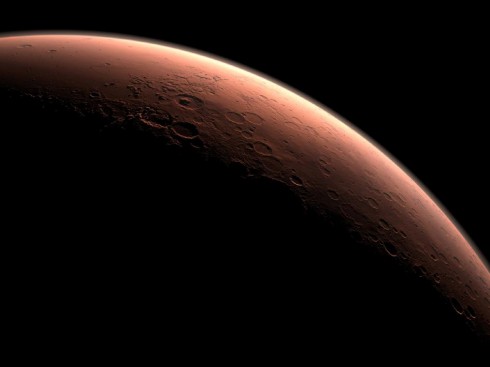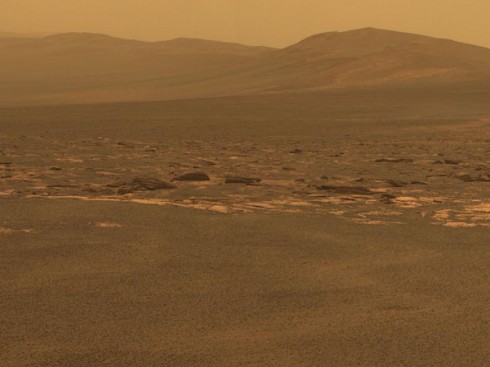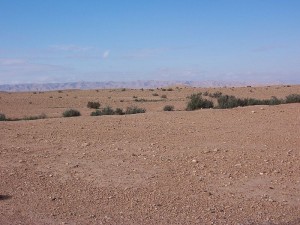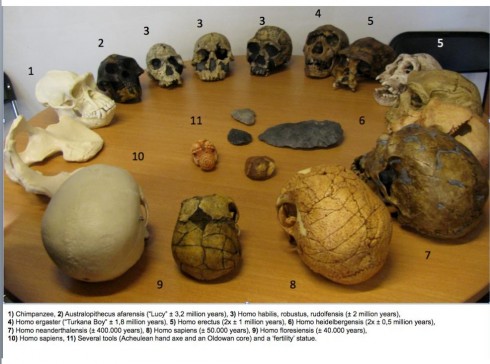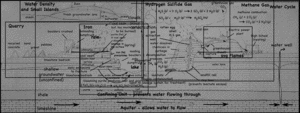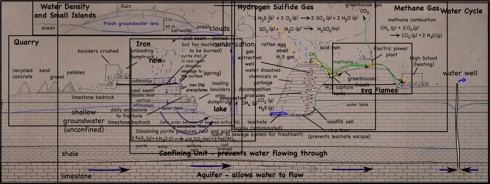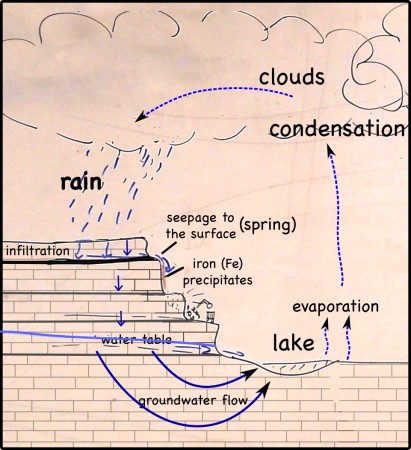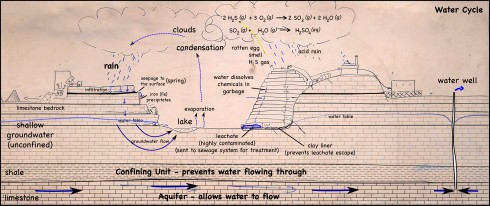I have a neat little tea strainer that sits inside my almost perfect teacup, yet I’m usually at a loss about what to do with it when I take it out of the cup. When the lid is upside down, the strainer can sit nicely into a circular inset that seem perfectly designed for it; however, if I want to use the lid to keep my tea warm — as I am wont to do — I have to move the strainer somewhere else.
One option is to just put the strainer in another cup, but then air can’t circulate around it, and instead of drying, the used tea leaves stay wet and, eventually, turn moldy. A flat saucer would be better, but not perfect.
Of course, I could just empty out the strainer, wash and dry it as soon as I’m done steeping the leaves, but there are a few ancillary considerations with respect to time that make this a sub-optimal solution.
So, since we have a kiln on campus that sees regular use, I thought I’d sit in on the Middle School art class and make my own ceramic tea strainer holder. Since I’ve also been thinking about Philip Stewart’s spiral, and de Chancourtois‘ helictical periodic tables, and been inspired by Bert Geyer’s attempts at making sonnets tangible, it eventually occurred to me that an open helictical form would work fairly well for my purposes.
I’ve cobbled together a design using Inkscape, and layered it onto a cylinder in Sketchup to see what it would look like.

So far the reactions from students has been quite diverse. I have one volunteer who’s wants to help, and I’ve sparked some discussion as to if what I’m doing actually qualifies as art. There is a lot of curiosity though. The middle-schoolers will probably be doing some type of physical representation of the periodic table, so I’m hoping this project gets them to think more broadly about what they might be able to do.
